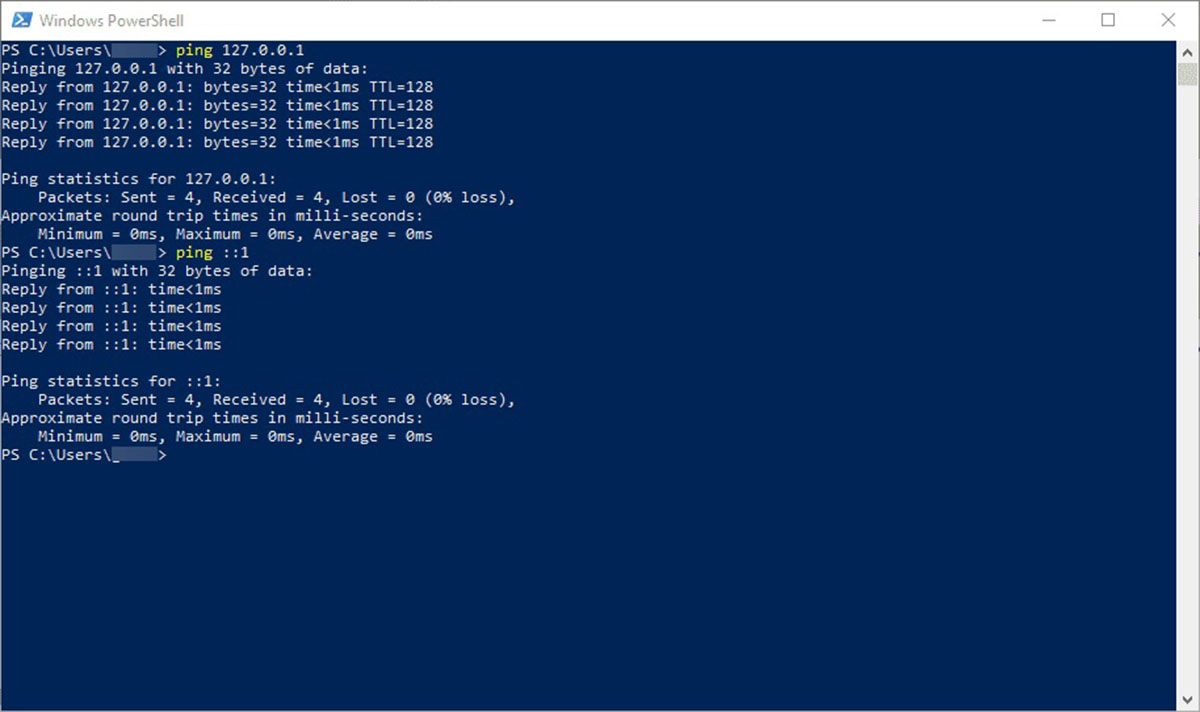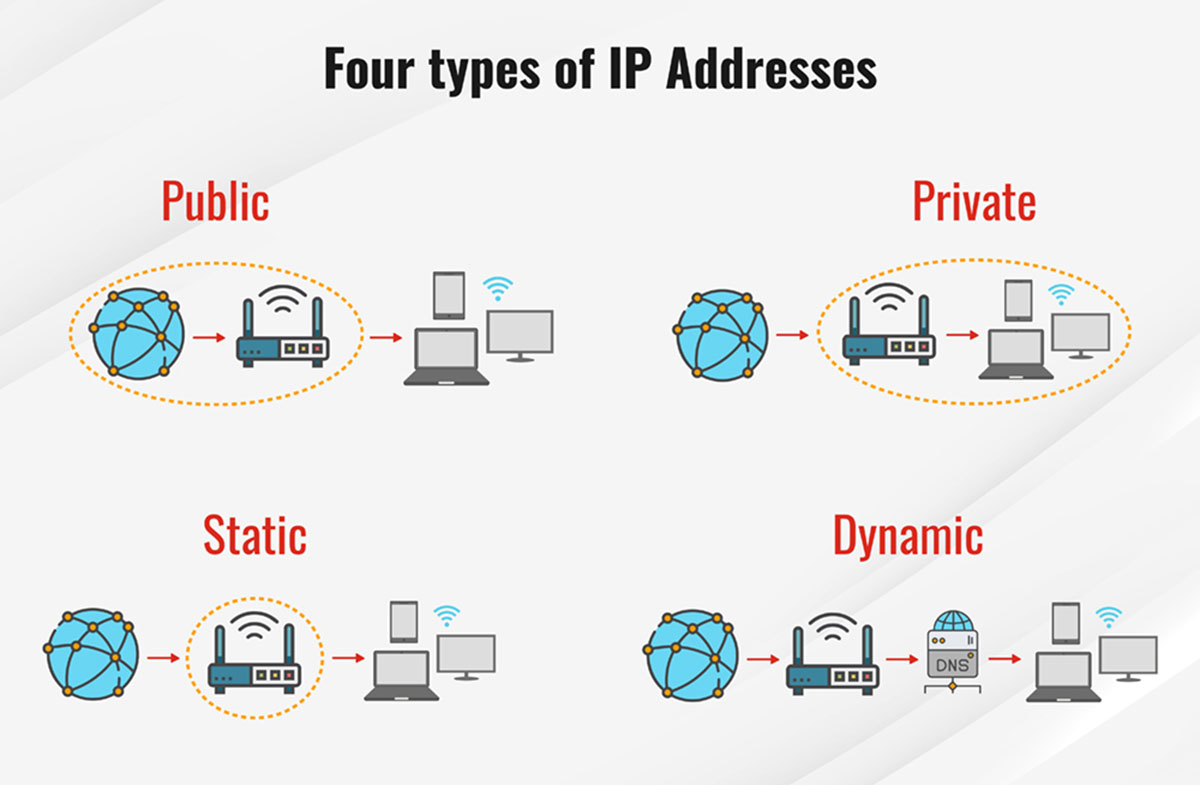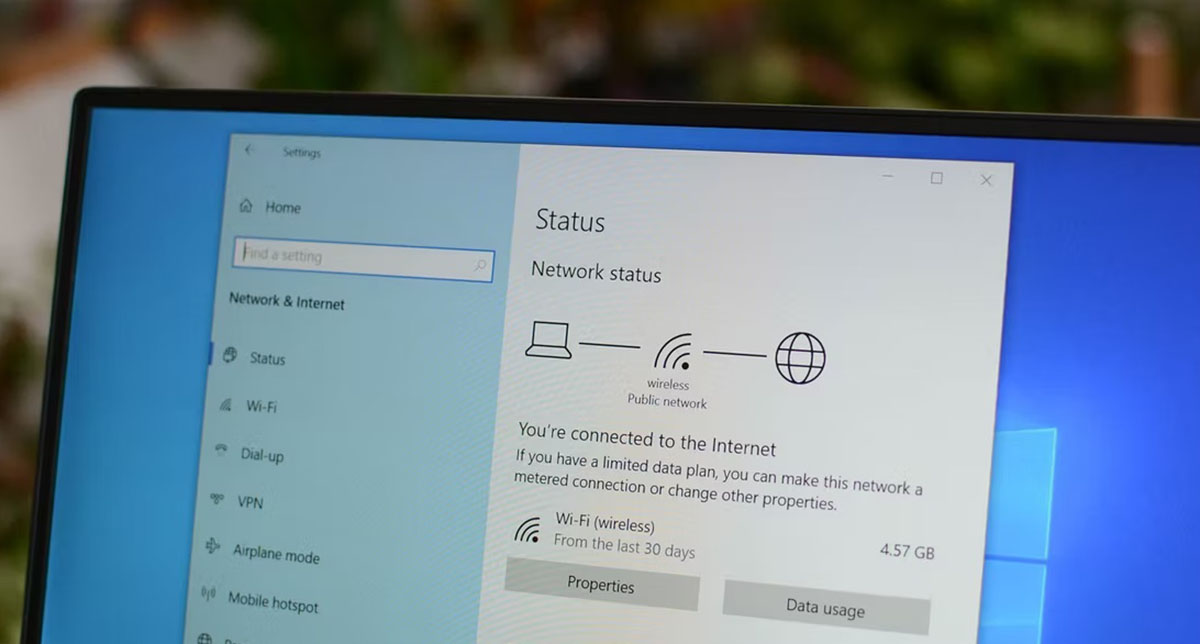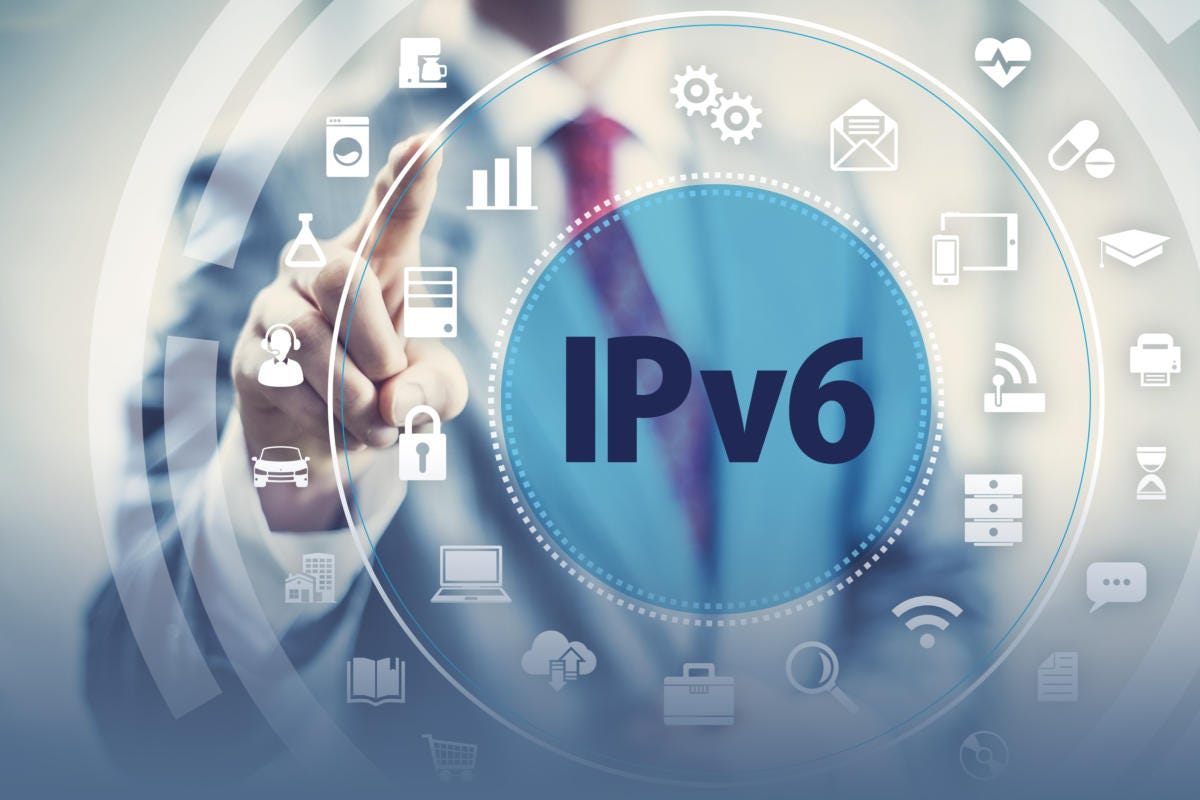Introduction
The internet is an ever-evolving landscape, and as technology advances, so do the tools and protocols that underpin its functionality. One such fundamental protocol is Internet Protocol version 6 (IPv6), which serves as the successor to IPv4, the previous standard. As the world transitions towards IPv6 to accommodate the growing number of internet-connected devices, it becomes increasingly important for users to understand how to leverage this protocol within their web browsers.
In this article, we will delve into the realm of IPv6 and explore how to harness its capabilities within your browser. By gaining a comprehensive understanding of IPv6 and learning how to enable and test its connectivity, you can ensure a seamless and future-proof browsing experience.
IPv6 represents a significant leap forward in internet technology, offering a vastly expanded address space compared to its predecessor, IPv4. With the exhaustion of available IPv4 addresses, the adoption of IPv6 has become imperative to sustain the continued growth of the internet. By embracing IPv6, users can benefit from improved network efficiency, enhanced security features, and support for a multitude of devices, all of which contribute to a more robust and resilient internet infrastructure.
As we embark on this exploration of IPv6 in the context of web browsing, it's important to recognize the pivotal role that browsers play in facilitating internet connectivity. Whether you're using Chrome, Firefox, Safari, or any other popular browser, understanding how to enable and utilize IPv6 within these platforms is crucial for staying ahead in the rapidly evolving digital landscape.
In the sections that follow, we will unravel the intricacies of IPv6, guide you through the process of enabling IPv6 in your browser, and equip you with the knowledge to test and troubleshoot IPv6 connectivity. By the end of this journey, you will be empowered to harness the full potential of IPv6, ensuring that your browsing experience remains seamless and future-ready.
Understanding IPv6
Internet Protocol version 6 (IPv6) represents a pivotal advancement in the realm of networking, designed to address the limitations of its predecessor, IPv4, and cater to the ever-expanding demands of the digital age. At its core, IPv6 serves as the communication protocol that enables devices to connect and exchange data over the internet. Unlike IPv4, which utilizes 32-bit addresses, IPv6 employs 128-bit addresses, providing an exponentially larger pool of unique identifiers to accommodate the burgeoning array of internet-connected devices.
The transition to IPv6 is driven by the exhaustion of available IPv4 addresses, a predicament that has necessitated the adoption of a more expansive and scalable protocol. With its vast address space, IPv6 offers approximately 340 undecillion unique addresses, ensuring that the internet can sustain the proliferation of devices and services for the foreseeable future.
In addition to its address space, IPv6 introduces several key features that enhance network functionality and security. One such feature is built-in support for IPsec (Internet Protocol Security), which facilitates secure communication and data integrity across networks. This native integration of security measures in IPv6 mitigates the need for additional layers of security protocols, streamlining the process of safeguarding data transmissions.
Moreover, IPv6 incorporates improvements in network auto-configuration, simplifying the process through which devices obtain network addresses and other essential parameters. This auto-configuration capability streamlines network setup and management, contributing to a more seamless and user-friendly networking experience.
As the internet continues to evolve and expand, the transition to IPv6 is essential for ensuring the continued growth and stability of the digital ecosystem. By embracing IPv6, users and organizations can harness a protocol that not only addresses the limitations of its predecessor but also introduces a host of features that bolster network efficiency, security, and scalability.
In the subsequent sections, we will delve into the practical aspects of leveraging IPv6 within web browsers, equipping you with the knowledge and tools to enable, test, and troubleshoot IPv6 connectivity. By mastering the intricacies of IPv6, you can position yourself at the forefront of the internet's evolution, ensuring a seamless and future-ready browsing experience.
Enabling IPv6 in Your Browser
Enabling IPv6 in your web browser is a straightforward process that involves configuring the browser to prioritize the use of IPv6 when connecting to websites and services that support this protocol. By ensuring that your browser is IPv6-ready, you can take full advantage of the enhanced capabilities and expansive address space offered by IPv6.
Chrome
To enable IPv6 in Google Chrome, follow these steps:
- Open Chrome and type "chrome://flags" in the address bar.
- In the search bar at the top of the page, enter "IPv6."
- Locate the "IPv6" flag and ensure that it is set to "Default" or "Enabled."
- Relaunch Chrome to apply the changes.
Firefox
Enabling IPv6 in Mozilla Firefox can be done by:
- In the address bar, type "about:config" and press Enter.
- Accept the risk and continue to the configuration page.
- In the search bar, enter "ipv6."
- Double-click on the "network.dns.disableIPv6" preference to change its value to "false."
Safari
For Safari on macOS, IPv6 can be enabled by:
- Open the Apple menu and select "System Preferences."
- Click on "Network" and select your active network connection.
- Click "Advanced" and navigate to the "TCP/IP" tab.
- From the "Configure IPv6" dropdown, select "Automatically."
By following these steps, you can ensure that your browser is configured to utilize IPv6 when available, thereby tapping into the vast address space and improved network efficiency offered by this protocol.
Testing IPv6 Connectivity
Once IPv6 is enabled in your browser, it's essential to verify its connectivity. You can visit websites that are IPv6-enabled, such as ipv6.google.com, test-ipv6.com, or any other IPv6-compatible site, to confirm that your browser is successfully utilizing IPv6 for communication.
By enabling IPv6 in your browser and verifying its connectivity, you can embrace the future of internet networking and ensure that you are well-equipped to navigate the evolving digital landscape.
In the next section, we will explore the process of testing IPv6 connectivity and troubleshooting any potential issues that may arise, empowering you to harness the full potential of this advanced protocol within your web browsing experience.
Testing IPv6 Connectivity
After enabling IPv6 in your browser, it's crucial to verify its connectivity to ensure that you can seamlessly access IPv6-enabled websites and services. Testing IPv6 connectivity allows you to confirm that your browser is effectively leveraging the advanced capabilities of IPv6, thereby ensuring a future-ready browsing experience.
One straightforward method to test IPv6 connectivity is by visiting websites specifically designed to support IPv6. For instance, ipv6.google.com is a dedicated IPv6-enabled site that allows you to verify your browser's ability to communicate over IPv6. Similarly, test-ipv6.com provides comprehensive tools and diagnostics to assess your browser's IPv6 connectivity and identify any potential issues.
Upon visiting these websites, your browser will establish connections using IPv6, and you will receive feedback regarding the success of the IPv6 communication. This feedback may include details about your browser's IPv6 address, the status of IPv6 support, and any potential issues that may impact IPv6 connectivity.
Furthermore, you can utilize online IPv6 connectivity testing tools and services to conduct comprehensive assessments of your browser's IPv6 capabilities. These tools often provide detailed reports and insights into your browser's IPv6 readiness, highlighting any areas that may require attention or optimization.
By actively testing IPv6 connectivity, you can ensure that your browser seamlessly integrates with the evolving internet infrastructure, leveraging the expansive address space and enhanced features offered by IPv6. This proactive approach empowers you to stay ahead of the curve and embrace the future of internet networking, where IPv6 plays a pivotal role in sustaining the growth and resilience of the digital ecosystem.
In the event that you encounter challenges or inconsistencies during the IPv6 connectivity testing process, it's essential to troubleshoot and address any underlying issues. The next section will delve into the nuances of troubleshooting IPv6 connectivity, equipping you with the knowledge and strategies to overcome potential obstacles and optimize your browser's utilization of IPv6.
By testing IPv6 connectivity and proactively addressing any impediments, you can position yourself at the forefront of the internet's evolution, ensuring a seamless and future-ready browsing experience that harnesses the full potential of IPv6.
Troubleshooting IPv6 Issues
When encountering challenges with IPv6 connectivity in your browser, it's essential to employ effective troubleshooting strategies to identify and resolve potential issues. By addressing these obstacles, you can ensure that your browsing experience seamlessly integrates with the advanced capabilities of IPv6, fostering a future-ready internet experience.
One common issue that may arise when utilizing IPv6 in your browser is the presence of network configuration inconsistencies. In such cases, it's advisable to review your network settings and ensure that IPv6 is properly enabled and configured. This includes verifying that your network infrastructure, such as routers and gateways, fully supports IPv6 and is correctly configured to facilitate IPv6 communication.
Additionally, it's crucial to confirm that your Internet Service Provider (ISP) offers native IPv6 connectivity and that your network equipment, including modems and routers, is compatible with IPv6. In some instances, ISPs may require specific configuration settings or hardware upgrades to enable seamless IPv6 connectivity, necessitating proactive engagement with your service provider to address any compatibility issues.
Furthermore, firewall and security settings can impact IPv6 connectivity in your browser. If you encounter challenges with accessing IPv6-enabled websites or services, it's essential to review your firewall configurations and ensure that they do not inadvertently block IPv6 traffic. Adjusting firewall rules to accommodate IPv6 communication can mitigate potential connectivity issues and enhance your browser's utilization of this advanced protocol.
In cases where specific websites or services exhibit inconsistent behavior with IPv6, it's beneficial to perform thorough diagnostics to pinpoint the root cause of the issue. This may involve utilizing network diagnostic tools to assess the reachability and responsiveness of IPv6-enabled destinations, enabling you to identify and address any connectivity anomalies that may impede IPv6 communication.
Moreover, staying informed about IPv6 deployment best practices and staying abreast of industry developments can provide valuable insights into addressing potential IPv6 issues. Engaging with online communities and forums dedicated to IPv6 adoption and troubleshooting can offer practical guidance and solutions to overcome connectivity challenges, empowering you to optimize your browser's utilization of IPv6.
By proactively troubleshooting IPv6 issues and addressing potential obstacles, you can cultivate a browsing experience that seamlessly integrates with the advanced capabilities of IPv6, ensuring a future-ready and resilient internet experience. Embracing a proactive approach to troubleshooting empowers you to harness the full potential of IPv6, positioning yourself at the forefront of the internet's evolution.
Conclusion
In conclusion, the adoption of Internet Protocol version 6 (IPv6) is pivotal in shaping the future of internet connectivity, and its integration within web browsers is essential for ensuring a seamless and future-ready browsing experience. By embracing IPv6, users can harness a protocol that not only addresses the limitations of its predecessor, IPv4, but also introduces a host of features that bolster network efficiency, security, and scalability.
Enabling IPv6 in popular web browsers such as Chrome, Firefox, and Safari empowers users to tap into the vast address space and improved network efficiency offered by this advanced protocol. By following simple configuration steps, users can ensure that their browsers prioritize the use of IPv6 when connecting to websites and services that support this protocol. This proactive approach lays the foundation for a browsing experience that seamlessly integrates with the evolving internet infrastructure, leveraging the expansive address space and enhanced features offered by IPv6.
Testing IPv6 connectivity is a crucial step in verifying that browsers effectively leverage the advanced capabilities of IPv6, ensuring seamless access to IPv6-enabled websites and services. By visiting dedicated IPv6-enabled sites and utilizing online connectivity testing tools, users can confirm their browser's readiness to communicate over IPv6, thereby embracing the future of internet networking.
In the event of encountering challenges with IPv6 connectivity, effective troubleshooting strategies can help identify and resolve potential issues, ensuring that the browsing experience seamlessly integrates with the advanced capabilities of IPv6. Addressing network configuration inconsistencies, verifying ISP support for native IPv6 connectivity, reviewing firewall and security settings, and engaging with online communities dedicated to IPv6 adoption and troubleshooting are essential steps in overcoming connectivity obstacles and optimizing the utilization of IPv6 within web browsers.
By proactively enabling, testing, and troubleshooting IPv6 within web browsers, users can position themselves at the forefront of the internet's evolution, ensuring a seamless and future-ready browsing experience that harnesses the full potential of IPv6. Embracing IPv6 within web browsers not only prepares users for the ongoing transition to this advanced protocol but also contributes to the growth and resilience of the digital ecosystem, paving the way for a more robust and interconnected internet landscape.

























